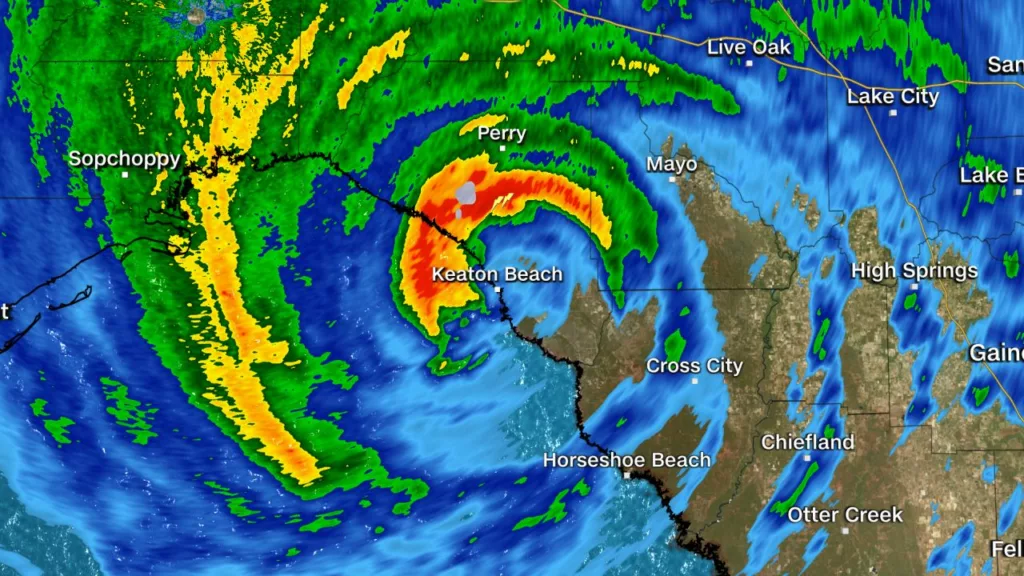The Southwest Coast of Florida as well as all along the west coast of Florida – up through the Panhandle is seeing major flooding activity, we’re here for our neighbors in your time of need. For more information on our ongoing efforts to assist our community as well as resources for homeowners for Southwest Florida please visit our hurricane Idalia resources page.
The haunting and powerful force of nature once again made its presence felt when Hurricane Idalia lashed the west coast of Florida. The state, no stranger to the might and fury of Atlantic hurricanes, yet again found itself battling not only the strong winds but also the devastating floods that followed in the storm’s wake.
A Hurricane of Historical Proportions
Hurricane Idalia, classified as a major hurricane by the time it made landfall, is already being regarded as one of the most intense storms of this decade. While the winds caused significant damage, ripping roofs off houses and toppling trees, it was the relentless rainfall that caught many off guard.
Flooding, a secondary yet deadly aspect of hurricanes, often tends to overshadow the damage caused by wind alone. The west coast, particularly areas around Tampa Bay, experienced rainfall amounts that haven’t been seen in years. Some regions reported receiving more than 20 inches of rain in a span of 48 hours.
A Community Underwater
Local streets turned into rivers, cars were submerged, and houses were inundated. Evacuation efforts had been in full swing even before Idalia made landfall, but the rapid rise of water levels trapped many residents, prompting countless rescue missions.
The historic district of some towns, known for their quaint brick streets and Spanish moss-draped trees, found themselves facing the torrent of floodwaters. Many of these districts, with their charming but old infrastructure, were ill-equipped to deal with such a deluge. The result was a scene of heartbreaking devastation as water seeped into centuries-old homes and businesses.
Responding to the Crisis
Emergency services worked tirelessly, rescuing stranded residents and bringing them to safety. The National Guard, FEMA, and numerous volunteer organizations have all joined hands to aid the affected communities. Their tasks range from providing immediate relief like food and shelter to long-term rebuilding efforts.
One of the silver linings in the aftermath of Hurricane Idalia has been the outpouring of support from communities across the country. People from all walks of life have donated, volunteered, and offered assistance to the beleaguered residents of Florida’s west coast.
Looking Ahead
As the floodwaters recede, the next phase will be one of recovery and rebuilding. The full extent of the damage will be clearer in the coming weeks, but it’s evident that the scars left by Hurricane Idalia will remain for a long time.
It’s also a wake-up call for Florida and other coastal states. With the increasing frequency and intensity of hurricanes, bolstered by changing climate patterns, there’s a growing need for revamped infrastructure and flood defenses.
For now, the focus remains on immediate relief. But in the days ahead, the resilience and spirit of the Florida community will undoubtedly shine through, as they rebuild and emerge stronger from the devastating impact of Hurricane Idalia.



